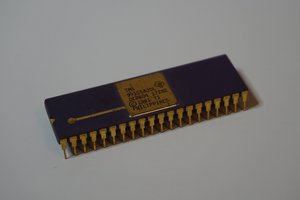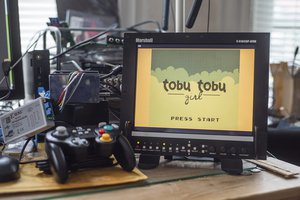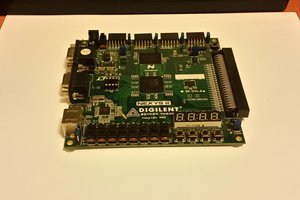I'm using the WAD file from Ultimate Doom on GOG. The build process is pretty simple, but requires that you have the full GCC, binutils, and newlib tool chain, as well as the bexkat1 source. The bexkat1 source is needed only for the support library that is currently in there - there are some things that I do that are not part of newlib and so don't fit perfectly yet.
FPGA Doom
Porting the classic Doom engine to an FPGA-based system
 Matt Stock
Matt Stock


 Erik Piehl
Erik Piehl
 Wenting Zhang
Wenting Zhang
 Samuel A. Falvo II
Samuel A. Falvo II
 Carson Herrington
Carson Herrington
Well it is great to have that in now a days.